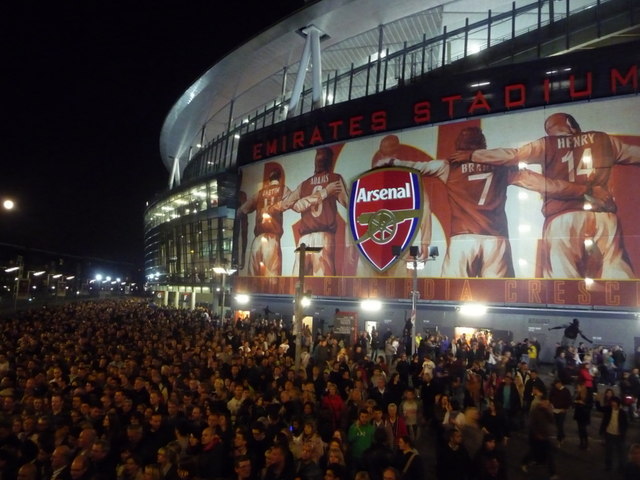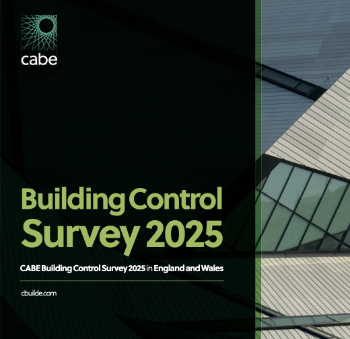2021 survey on public safety in crowded places
Contents |
[edit] Introduction
A survey conducted by YouGov on behalf of Police Crime Prevention Initiatives (Police CPI) revealed that members of the public seek greater safety assurances from door and crowd control measures used in busy public venues. The survey was carried out between 16 August – 5 September 2021 following on publicity that focussed on the safety of women and girls.
[edit] Calls for safety improvements
It defines safety as ‘where efforts have been made to prevent crime, reduce harm and where staff will support you if you are feeling vulnerable’, 5,050 adults in England, aged 18-45, were asked whether they agreed with the statement that ‘publicity around the safety of women and girls has made it more important for licensed premises to improve their safety procedures’.
In response, the greatest calls for safety improvements were in nightclubs (79%), bars and pubs (76%) and stadiums and arenas at 65%. Calls for safety improvements in other licensed premises included in the survey were hotels and guest houses (64%), sports and social clubs (62%), restaurants (58%) and theatres (52%).
Across all licensed premises in the survey the calls for improved safety were largest from women – with stadiums and arenas coming out at 71% for women and 60% for men.
[edit] Decreasing sense of safety
The survey also found that adults felt significantly less safe in 2021 than they did prior to the first national lockdown in March 2020.
The largest drop was in nightclubs – down 33 percentage points from 81% pre-pandemic to 48% when the survey was conducted; bars and clubs were down 29 percentage points from 93% to 64% and stadiums and arenas were down 27 percentage points from 92% to 65%.
The licensed premises with the lowest percentage point falls were theatres and restaurants, with percentage point falls of under 20.
[edit] Safety perceptions
Top of the list of safety features that influences the perceived safety upon arrival are ‘door entry control’ with 50% of respondents choosing this option. Next in order are uniformed staff at 49%; clearly marked fire exits and staff controlling rowdy crowds both 45%; and the venue being well lit 44%.
These safety feature priorities were broadly the same once inside and moving within crowded facilities. 55% of respondents wanted checking staff to be easily identifiable, followed by clearly marked fire exits (52%); door entry control (47%); staff controlling rowdy groups (46%) and checking that the venue was well lit (43%).
In addition, the survey revealed a seven percent gap between safety checks prior to arrival compared to checks whilst at the establishment – suggesting that large crowds and fire safety risks may have an impact on people’s concerns around safety in these kinds of venues, with people actively checking out lighting and escape routes.
[edit] Related articles on Designing Buildings
- Access control in buildings.
- Barrier.
- Commercial security systems.
- Entry control.
- Lighting.
- Protecting sports grounds and event arenas post COVID.
- Public space intervention.
- Security and the built environment.
- Visitor door entry system.
- Visitor flow.
[edit] External resources
Featured articles and news
Difficult Sites: Architecture Against the Odds
Free exhibition at the RIBA Architecture Gallery until 31 May.
Designing Buildings reaches 20,000 articles
We take a look back at some of the stranger contributions.
Lessons learned from other industries.
The Buildings of the Malting Industry. Book review.
Conserving places with climate resilience in mind.
Combating burnout.
The 5 elements of seiri, seiton, seiso, seiketsu and shitsuke.
Shading for housing, a design guide
A look back at embedding a new culture of shading.
The Architectural Technology Awards
The AT Awards 2025 are open for entries!
ECA Blueprint for Electrification
The 'mosaic of interconnected challenges' and how to deliver the UK’s Transition to Clean Power.
Grenfell Tower Principal Contractor Award notice
Tower repair and maintenance contractor announced as demolition contractor.
Passivhaus social homes benefit from heat pump service
Sixteen new homes designed and built to achieve Passivhaus constructed in Dumfries & Galloway.
CABE Publishes Results of 2025 Building Control Survey
Concern over lack of understanding of how roles have changed since the introduction of the BSA 2022.
British Architectural Sculpture 1851-1951
A rich heritage of decorative and figurative sculpture. Book review.
A programme to tackle the lack of diversity.






















